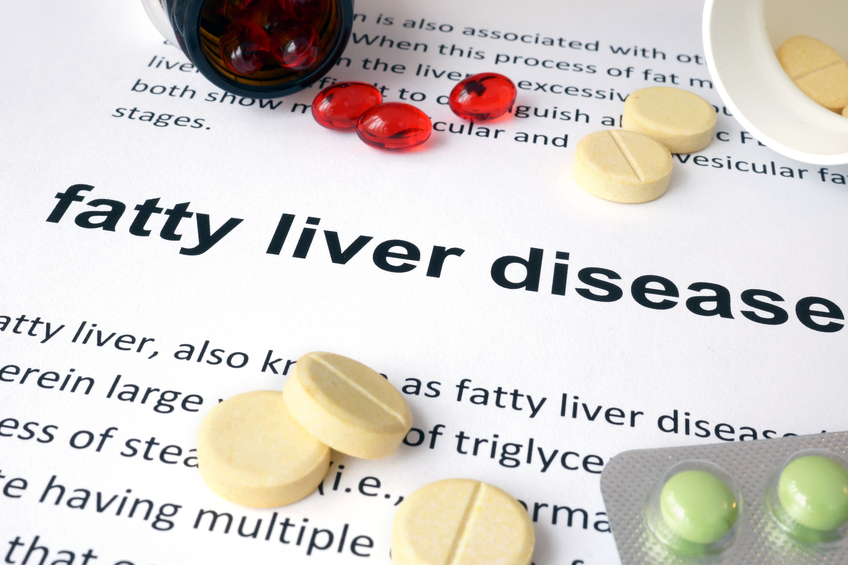The Role of Naturally Occurring Stilbenoid TSG as a Therapeutic Agent for Non-alcoholic Fatty Liver Disease
Fatty liver disease is a subset of the disparities that are characterized under the umbrella term metabolic syndrome. Fatty liver disease affects more than 20% of individuals within developed countries and maintains extremely adverse consequences. Further development of fatty liver disease can lead to cirrhosis in 20% of fatty liver disease patients and potential death after 10 years. Fatty liver disease is characterized by an abnormally high fat accumulation in the liver caused by excessive alcohol use, or by non-alcoholic fatty liver disease.
The etiology of non-alcoholic fatty liver disease (NAFLD) remains ambiguous, but there has been observed ties between this abnormal fat accumulation and individuals with obesity and diabetes. Notable patterns of diet and exercise can induce drastic effects on liver health and prognosis. Alternative studies have also linked the bacterial environment in the gut with the damage caused by NAFLD. The gut microbial products are directly transferred to the liver, which can greatly affect inflammation and fat storage within the liver. Said individuals are unable to break down fats that enter the liver, causing storage and retention of these lipids. Elevated fat accumulation within the liver can lead to painful symptoms such as inflammation and liver scarring, which can exacerbate into future liver failure.
A key component of this excessive bacterial production within the intestine is TLR receptors. TLRs recognize gut bacteria and fat cells and are manufactured in higher volumes when the gut overproduces these intestinal bacteria, indicating that their pathways play a vital role in the development of non-alcoholic fatty liver disease. Treatments of liver disease are primarily concerned with dietary alterations and elevated levels of physical activity along with drug therapies. A recent Chinese study aimed to employ stilbenoid TSG, a relative of the plant metabolite, resveratrol, to interact with the gut to liver pathway in the development of NAFLD. Using rat study subjects, high fat diets were implemented to mirror the effects of an obese and metabolic syndrome condition.
This study confirmed the close relationship of the intestinal composition with disorders of the liver and found that preservation of the mucous barrier on the intestine can aid to prevent the onset of fatty liver disease. Overgrowth of the bacteria residing in the gut breaks down this barrier, which promotes liver inflammation and malfunction through accumulated fat cells. These consequences ultimately trigger fatty liver disease, even in individuals who do not abuse alcohol. The researchers on this project deduced that the naturally occurring TSG was able to reduce lipid absorption from the diet by preventing the production of a liver protein that promotes fat metabolism. TSG also protected the mucosal barrier between the intestine and the liver, which maintained more stable levels of intestinal bacteria. TSG was ultimately able to exert controls over the TRL receptors and their bacterial products that promote inflammation. The culmination of these mechanisms suggested that TSG is an effective, and natural therapy to prevent the development of non-alcoholic fatty liver disease by its ability to protect intestinal barriers and regulate gut bacteria and their potentially harmful products. Future research centers on applying these animal studies to human models and clinical trials to support this holistic therapy for liver disease.
Reference—
Lin P, Lu J, Wang Y, Gu W, Yu J, et al. (2015) Naturally Occurring Stilbenoid TSG Reverses Non-Alcoholic Fatty Liver Diseases via Gut-Liver Axis. PLoS ONE10(10): e0140346. doi: 10.1371/journal.pone.0140346
